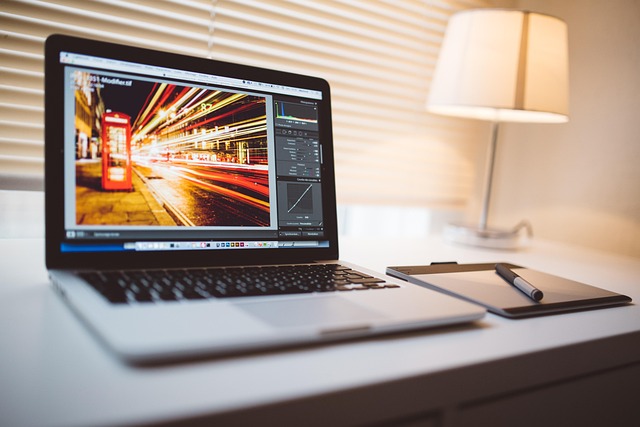The Pixel Ratio: A Key Element in Display Technology
In our visually driven world, understanding pixel ratio is essential for both tech enthusiasts and casual users alike. Whether you’re tuning into the latest blockbuster on your TV, designing stunning graphics, or simply browsing your favorite websites, knowing how pixel ratio impacts your experience can make a significant difference. Let’s dive into the various facets of pixel ratio and explore its significance in television, technological advancements, visualization techniques, monitors, and display technology.
The Pixel Ratio in TVs
When it comes to televisions, pixel ratio plays a crucial role in delivering sharp and clear images. Common pixel ratios include 16:9 for HD and 21:9 for ultrawide screens. These ratios determine the width and height of the display, influencing how content is viewed. A broader pixel ratio like 21:9 enhances your cinematic experience, drawing you deeper into the action with immersive visuals. Understanding these ratios allows consumers to choose the right TV that best suits their viewing habits and preferences.
Technological Advances Shaping Pixel Ratios
Advancements in technology have led to an evolution in pixel ratios, particularly with the introduction of 4K and 8K displays. These higher resolutions demand accurate ratios to optimize clarity without distortion. Manufacturers are continually innovating to deliver better visual experiences, making it crucial for users to keep an eye on pixel ratios and resolutions when investing in new devices. The leap from standard HD to 4K has transformed how we engage with content, pushing the boundaries of what’s possible in home entertainment.
Visualization in Design and Art
For designers and artists, pixel ratio is an integral factor in creating visually stunning works. Whether it’s digital art, web design, or video production, understanding how to manipulate pixel ratios can result in more appealing compositions. Incorrect ratios can lead to stretched images or poor quality, undermining the artwork’s intent. By mastering ratios, creators can ensure their visual narratives resonate with their audience, enhancing both aesthetic value and communication.
The Role of Monitors
Choosing the right monitor goes beyond just size; pixel ratio plays a vital role in the productivity and comfort of your workspace. Many professionals prefer monitors with a 16:10 aspect ratio for an optimized experience, as it provides a bit more vertical screen real estate. This becomes especially important for tasks involving coding, graphic design, or multitasking within various software. A proper understanding of pixel ratios can help users select screens that reduce eye strain and improve workflow.
Display Technology and Its Impact
As display technology continues to advance, the pixel ratio remains a crucial aspect. Technologies like OLED and Retina displays utilize pixel ratios to deliver superior color accuracy and contrast. These innovations make it possible to have smaller pixels packed into screens, resulting in breathtaking visuals that captivate users. Staying informed about these updates ensures that you’re making educated choices, whether you’re upgrading your tech or simply appreciating the latest in display innovations.
In an ever-evolving digital landscape, grasping pixel ratios helps you navigate the intricacies of TV selections, monitor choices, and high-quality visualizations. Understanding this key aspect of display technology is crucial not just for enthusiasts, but for anyone looking to enhance their viewing and design experiences in today’s pixel-perfect world.




